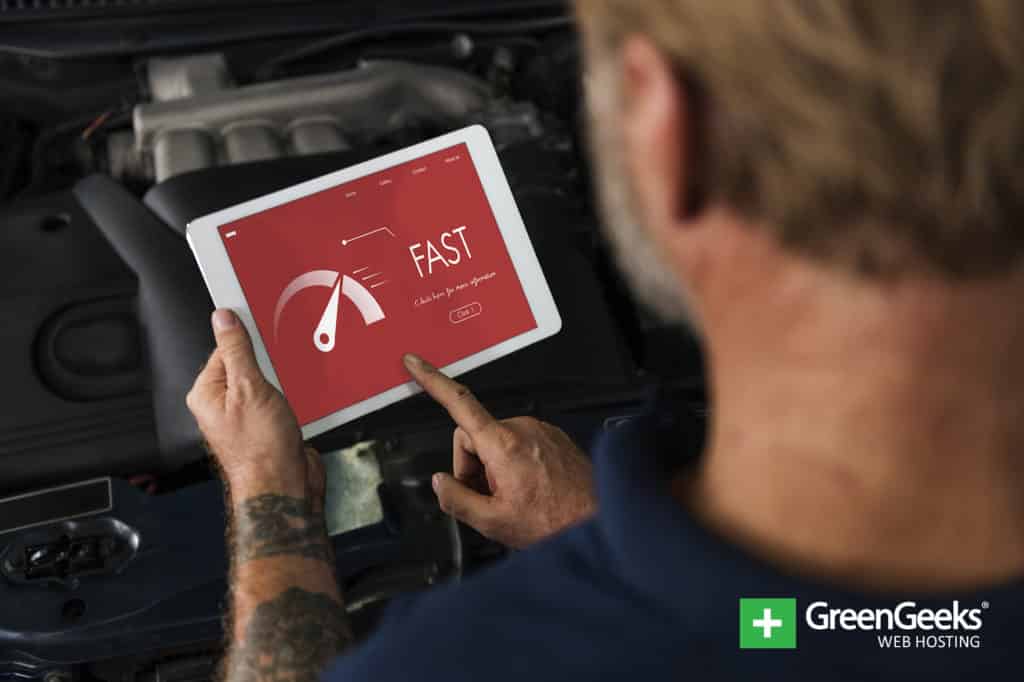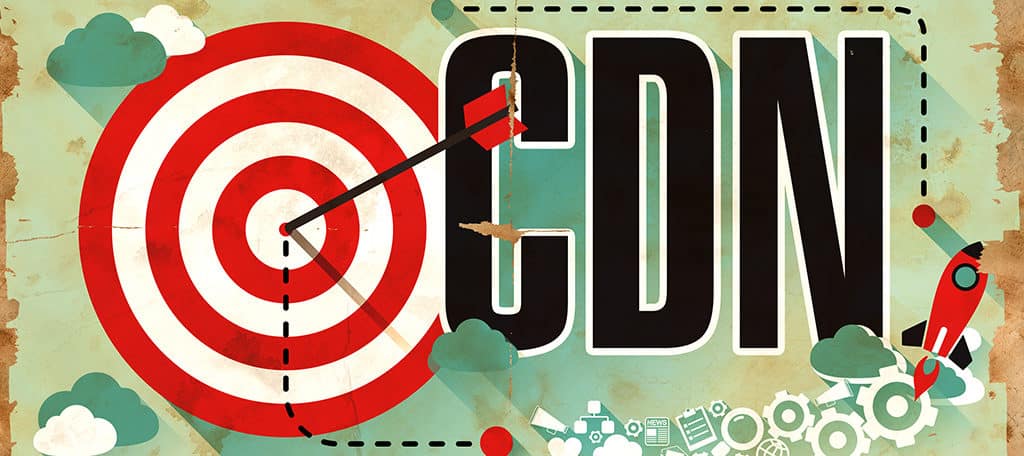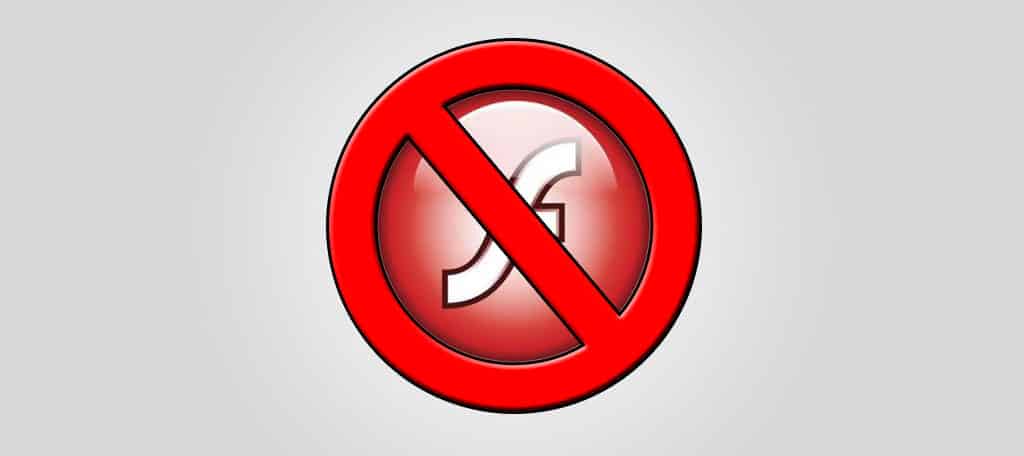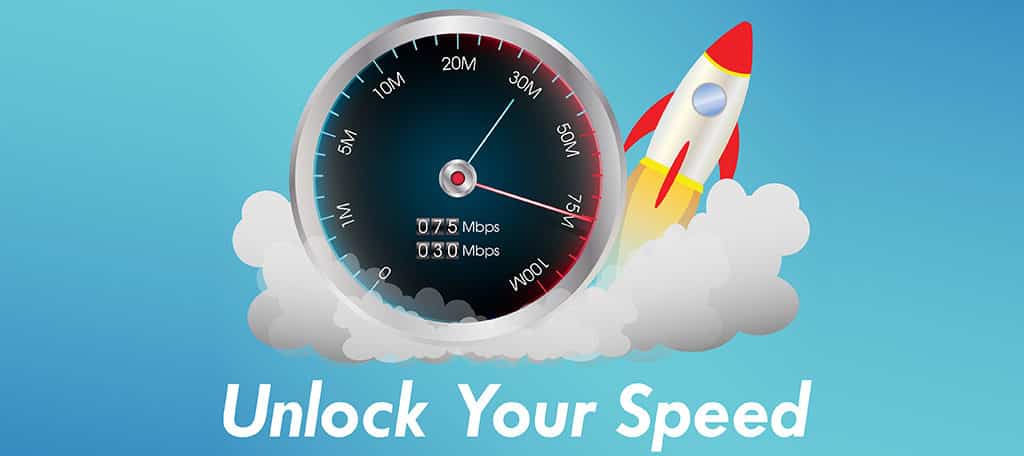
Drupal 8 is a great system to use if you need to get a website up and running before the end of the day. Its sleek design and appearance make it a great accessory for your online needs.
Even though the platform offers a stable system for creating a website, there are always ways you can speed up Drupal.
Speed and performance are very important when it comes to engaging an audience. Although content is still king, and always will be, the overall functionality of the site is vastly important.
This is because of two major factors: visitors and search engines. This means you need to have fast Drupal hosting and do your part to keep the site efficient. Otherwise, it may lead to a bad experience for both of these factors.
Pleasing Visitors

According to Dynatrace, a digital performance measurement firm, half of a second has potential to affect sales of websites by as much as 10 percent. Now, this may not seem like a lot until you take into account just how much money you make if you are setting up eCommerce. I know I tend to find a better seller if the site takes too long to show me the checkout page.
Pleasing Search Engines

Search engines like Google are constantly challenging website owners when it comes to delivering quality. Because of this, faster sites are often rated higher during search results.
It’s not just the content that needs to be appealing, but the entire website as well when developing SEO strategies.
Today, I’m going to give you 14 quick tips that will speed up your Drupal 8 website. Any one of these has potential to vastly improve the performance.
Remember, it only takes a fraction of a second to enhance visitor retention and possible profits.
1. Minimalist Design

One of the best ways to make any site faster is to take a minimalist approach. This is when you keep everything to strict necessity. The trade-off in this strategy is that your site will be without many of the bells and whistles you may want to add.
Because there is so much you can add to Drupal, it can be difficult to slim it down. However, everything from engaging modules to alluring themes can affect the performance of the website.
By sticking with fewer graphics and calls to the database, the site can deliver a much faster experience to the visitor.
2. Image Optimization

Image use is important when accompanying any piece of content. For instance, did you know that blogs get 94% more views if there is imagery in the post? However, these images are a double-edged blade.
While they can help engage the audience, they can also hinder Drupal performance.
I see extremely large graphics all the time on websites that are slower than others. This is especially true when someone uses a picture directly from his or her phone to use on the site.
The easiest way to optimize the images is to make them the right size prior to upload. Don’t use huge graphics and then try to make them fit by altering the size using code.
Browsers will still render the entire graphic as a whole. Keep images to 72dpi and upload the size you need.
3. Minimize the Modules You Use

If you don’t want to go with a minimalist approach to web design, consider keeping modules to a minimum. Each addition to Drupal 8 will take away from its speed. This is because each one will have code that needs to run or calls to a database.
Keeping module use low also includes uninstalling those you are not using. By keeping as much off of the system as possible, you make the website much “lighter” and easier for browsers to operate.
Even if the module is not currently active, it’s still safe to assume that it’s affecting performance.
4. Reduce External Resources

One problem that a lot of people miss is the impact external resources have on a website. Things like affiliate links, ad sharing or other additions that retrieve data from a third-party can easily cause speed issues.
For example, you could lose a lot of time with every Google Adsense block you add to the content. Although Google Adsense is a good way to make money from your site, you don’t want to add too many ads.
Unfortunately, some of these add-ons may be necessary to your site’s purpose. I suggest you try to keep them to a minimum if you want to speed up Drupal.
As long as you can figure out the perfect location on your site, a single ad from Adsense can be as effective as three.
5. Caching Modules

Caching is an excellent way to save speed on a website. This is when elements of the site are essentially saved and used when someone visits. It’s like saving the settings on a program you use on a regular basis.
The downside to this is when people empty their own cache on the computer. Back in the day, I used to empty my cache on a regular basis to help improve computer performance. However, this isn’t as much of an issue today.
There are some built-in methods to enable Drupal 8 to do this without installing additional modules. However, some extensions simply have greater control and versatility than the included methods.
For example, the Boost module will cache and compress coding. This allows the site to perform at peak levels regardless if the user is anonymous or authenticated.
It also adjusts the life cycles of different caches for the data which improves the visitor experience as well as SEO.
6. Use a Content Delivery Network

One of the easiest ways to boost speed is through the use of a Content Delivery Network, or CDN. This is exceptionally useful as it doesn’t require that much effort from yourself to make the site faster. The process is automatic on most hosting providers today.
A CDN distributes your website across a network of servers in various locations. These copies are useful when someone tries to access your website.
For example, a visitor from Miami may access your CDN site from a server in Atlanta instead of the one in Los Angeles. This increases speed by removing distance as a factor.
7. Update Your Version of PHP

PHP is the backbone of many content management systems like Drupal. Each version has potential to improve performance. Making sure your website is using the most current stable version improves the experience for everyone.
Many hosting providers allow users to change the version of PHP from systems like cPanel. From a drop down window, you can select which version to use and enable.
However, you want to be careful about changing versions of your software. Some modules or scripts may not support certain versions of PHP.
I’ve come across a few plugins that absolutely refused to work with older versions of PHP. I’ve also seen a few older ones have problems with the newest version as well.
8. Optimize the Database

Coding of the website isn’t the only thing that can be optimized. Database use can also play a big part in reducing speed. It’s always a good idea to optimize the database by regularly cleaning the data and removing unnecessary or useless chunks of information.
You can also make the database faster by using modules like Memcache. This tool stores your data in active memory for a limited time which makes it faster to access when someone visits.
Instead of making constant queries to the database, the information is readily available. This system will also work on shared web hosting plans.
If you have access to phpMyAdmin, I suggest periodically using the optimize tool within the database. It keeps it clean and improves access.
9. Be Selective of the Background Image

Images within content are not the only graphics to worry about. Many people like to use fancy or high-resolution imagery in the background. Depending on the size of the file, this will affect performance.
If at all possible, you should try to keep the background of your Drupal 8 site to basic color schemes.
Many templates will allow you to adjust the background image in Drupal. By dropping the graphic and using hexadecimal color platforms, you take out a large component that browsers don’t have to render upon visiting.
If you still want to use a large JPG file, make sure you save it at a lower quality. It will still look nice while keeping the file smaller than the original.
10. Use Lazy Loading

Lazy loading is when elements of a website are only accessed as needed. On a traditional website, all the images and content are pre-loaded into a web browser when someone accesses the site.
This happens whether a person actually views the material or not. With lazy loading, those elements are loaded as soon as a user scrolls to view the content.
The use of lazy loading can also be used in a mobile environment. Considering there were 237.5 million mobile phone Internet users in the United States in 2017, improving mobile speed is a crucial part of performance.
Installing modules such as Blazy will help your Drupal 8 site engage some of those users.
11. Expire Your Headers

Expiring headers is a bit trickier than other tips in this list. However, it has potential to make caching more efficient on the browser’s end of the website.
In fact, many tools will trigger a warning if you don’t have an “expires” header in the .htaccess file.
What expires headers does is tell the visitor’s web browser to save certain elements of the site which don’t often change. Things like backgrounds, icon images, logos and more are stored in this fashion.
As a result, the user’s computer simply recalls the graphic itself the next time that person visits your site.
12. Avoid Using Flash

Back in the day, Flash had a purpose when it came to animated graphics on the Internet. However, the system is considered obsolete and should be avoided. This includes everything from buttons to backgrounds.
Instead, there are plenty of HTML5 components that are both faster and more secure.
Flash has become a hollow shell of itself over the years. Because of its slow behavior and security risks, many have abandoned it. This includes popular platforms such as YouTube.
I remember when buffering was a common part of watching my favorite performers. Nothing is more aggravating than having to stop the video every five seconds.
As video plays such an integral role in marketing today, try to avoid using Flash for this purpose on your website.
13. Manage the Use of CSS and JavaScript

Using CSS and JavaScript on a website is common practice as it offers excellent methods for customization and flexibility. However, your site can be affected by too much of a good thing.
Keep your coding to a minimum and try to avoid excessive CSS file and JavaScript use. These two can easily reduce performance.
In Drupal 8, there is a built-in ability to aggregate these extra files into one to help reduce load time. However, many prefer to use the ADVAGG module to aggregate CSS and JavaScript to boost speed.
14. Fast Load 404 Errors

No one likes the idea of something on his or her website breaking to cause a 404 error. When this happens, it can be exceptionally slow. Even a failed image can cause the system to lose performance.
Improving how these errors are handled by the system can help improve the site’s ability to function.
Although Drupal 8 has limited ability to handle 404 errors in a fast and efficient manner, you can always install the Fast 404 module. This not only allows the site to utilize resources better, but it also allows you to whitelist files and check pathways of the problem.
Testing Your Speed

It’s always a good idea to test the speed of your site on a semi-regular basis. You never know when you’ll add an extension or other component that may decrease performance. Here are just a few of the tools I’ve used in the past and why you might like them.
PageSpeed Insights
One of the highlights to Google’s PageSpeed Insights is that it connects with your Analytics account. This means you can find webpages that have a low retention rate in Analytics and then analyze them to see if it’s because of a speed issue. I use this function quite often to develop strategies for future content.
WebPageTest.org
WebPageTest.org goes into deeper detail about the elements of the website. From the CSS files it uses to the images and links on the site, you get a full report about what things slow it down. A great feature is that you can test the website from other locations and with different browsers.
Pingdom
Pingdom is another good website analyzer that delves more into the details about the site. It gives you a breakdown of the type of content that is on the domain and what is slowing it down the most. Pingdom will also give you a grade on each element and where you need to make adjustments.
Keep the Site Sleak and Efficient
Improving Drupal performance will undoubtedly lead to a better experience for both visitors and search engines. As a result, the site has potential to become a greater beacon for your purpose.
Take the time to add the element of speed to your format and witness the changes for yourself. I can’t promise you’ll out perform the competition, but it will make a difference.
